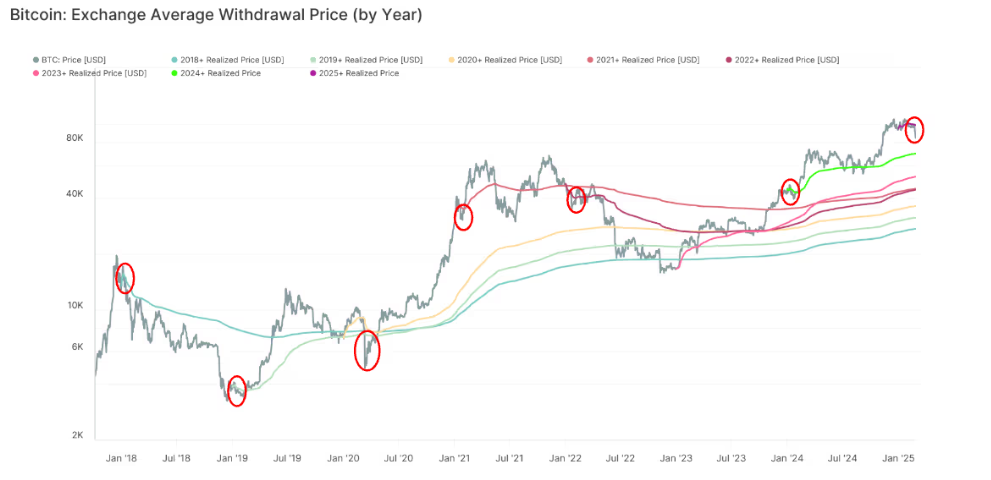
- Bitcoin has experienced a significant decline in February 2025, dropping 22% amid heightened concerns over new tariffs announced by President Donald Trump on imports from Mexico, Canada, and China.
- This market volatility has led to substantial unrealized losses for investors and reflects broader economic uncertainties influenced by geopolitical tensions and policy shifts.
Bitcoin is experiencing its most challenging month since June 2022, with February 2025 recording a 22% decline. This downturn is largely attributed to President Donald Trump’s announcement of impending tariffs on major U.S. trading partners, which has heightened concerns about inflation and dampened investor appetite for riskier assets.

Market Turbulence Amid Tariff Announcements
The cryptocurrency market has been notably volatile following President Trump’s confirmation of a 25% tariff on goods from Mexico and Canada, along with an additional 10% on Chinese imports, set to commence on March 4. This policy shift has led to a significant sell-off in risk-sensitive assets, including cryptocurrencies. Bitcoin, for instance, has experienced its steepest weekly decline since November 2022, dropping nearly 18% this week alone.
Investor Losses and Market Sentiment
The average purchase price of Bitcoin this year stands at approximately $97,880. With current trading prices falling below $80,000, many investors are facing unrealized losses exceeding 18%. On-chain data indicates that over the past three days, about $1 billion in realized losses have been recorded daily—the most significant since August’s yen carry trade unwind, when Bitcoin’s price fell to $49,000.
Broader Economic Implications
The cryptocurrency market’s downturn is occurring alongside broader economic concerns. Analysts have observed signs of slowing economic growth in the U.S., despite earlier predictions of a substantial upturn under President Trump’s administration. Factors such as tariffs, reduced immigration, and cuts to government spending are contributing to this slowdown. Additionally, the U.S. Treasury yield dip signifies market unrest, as investors seek safer investments.
While the current market conditions are challenging, it’s important to note that Bitcoin has historically demonstrated resilience in the face of adversity. However, the combination of geopolitical tensions, economic policy shifts, and significant market sell-offs presents a complex environment for investors. As the situation continues to evolve, market participants are advised to stay informed and exercise caution in their investment decisions.




